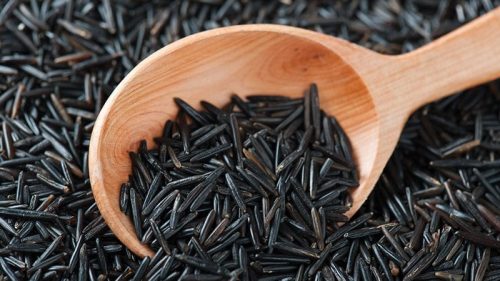The US Food and Drug Administration has kicked off the third phase of the Artificial Intelligence (AI) Imported Seafood Pilot program, which uses AI and machine learning (ML) to strengthen import screening and to ensure that foods entering the US are safe. The pilot focuses on imported seafood because more than 90 percent of the US seafood supply comes from other countries, and in the past, FDA has seen food safety concerns for various imported seafood products along different points in the supply chain. This pilot builds upon the two previous phases of the pilot under the New Era of Smarter Food Safety Blueprint, a program that seeks to reduce the number of foodborne illnesses by leveraging technology to create a safer, more digital, traceable food system.
ML is a type of AI that can help identify connections and patterns that people, or the FDA’s screening system, cannot see. These patterns are applied to incoming supply chains to help predict the likelihood that an import shipment is potentially harmful and not compliant with FDA regulations. The ability of ML to analyze data, already generated and used by the agency, makes it well suited for addressing complex public health challenges and helping the agency to ensure the safety of imported foods.
The third phase is designed to improve the agency’s ability to quickly identify imported seafood products that may be contaminated by illness-causing pathogens, decomposition, the presence of unapproved antibiotic residues, or other hazards.
The knowledge gained from the pilot will enable the FDA to expand the use of ML in the screening of other FDA-regulated products and will inform future risk-based surveillance in products that present the greatest risk to consumers. The ultimate goal is to better protect consumers from unsafe foods by advancing the FDA’s ability to identify potential hazards.
The third phase, begun on August 15, 2022, will help to determine the feasibility of deploying in-house AI/ML models using the intelligence that FDA extracts from the data we collect reviewing millions of import entries per year. For example, there have been enhancements made that determine how machine learning algorithms can best complement field operations and improve the agency’s ability to identify products posing a threat quickly and efficiently. We also are looking at our seafood project portfolio to expand the use of machine learning to better protect consumers. Machine learning gives the agency the ability to analyze data from various sources to help inform FDA decisions and target our resource at the borders. In a related shrimp pilot, we have begun to focus on areas of increased risk, such as shrimp contaminated by aquaculture drugs, for foreign inspections. This includes increased importer inspections, higher rates of sampling and examination, and use of non-traditional tools, such as third-party audits, specific to this commodity. We incorporated the data from this project into the Third Phase of AI Imported Seafood Pilot Program, allowing for a more robust and larger targeted sampling.
Pilot Timeline/Background
In 2019, the agency launched the first phase of the pilot, an analytical proof of concept. The analysis demonstrated potential for an ML-driven approach to expedite the review of lower-risk seafood shipments, while identifying those of higher risk for violations or refusals. The second phase, conducted in-the-field, was designed to integrate ML into existing import data systems to inform decisions about sampling by entry reviewers while gaining more experience with training of the ML model. The operational pilot was launched at all 328 US ports of entry from February 2021 through July 2021 and proved successful. The real-time model was able to analyze an import entry and return a sample recommendation within seconds.
The agency is committed to enhancing the screening of potentially hazardous products at ports of entry and facilitating access to safe seafood and other products without delay. The third phase is expected to be completed in late fiscal year 2023. For more information or questions, contact FDA’s Office of Regulatory Affairs (ORA) via email at ORAOEIOAIInquiry@fda.hhs.gov.
For Additional Information:
New Era of Smarter Food Safety
FDA Technology Modernization Action Plan





